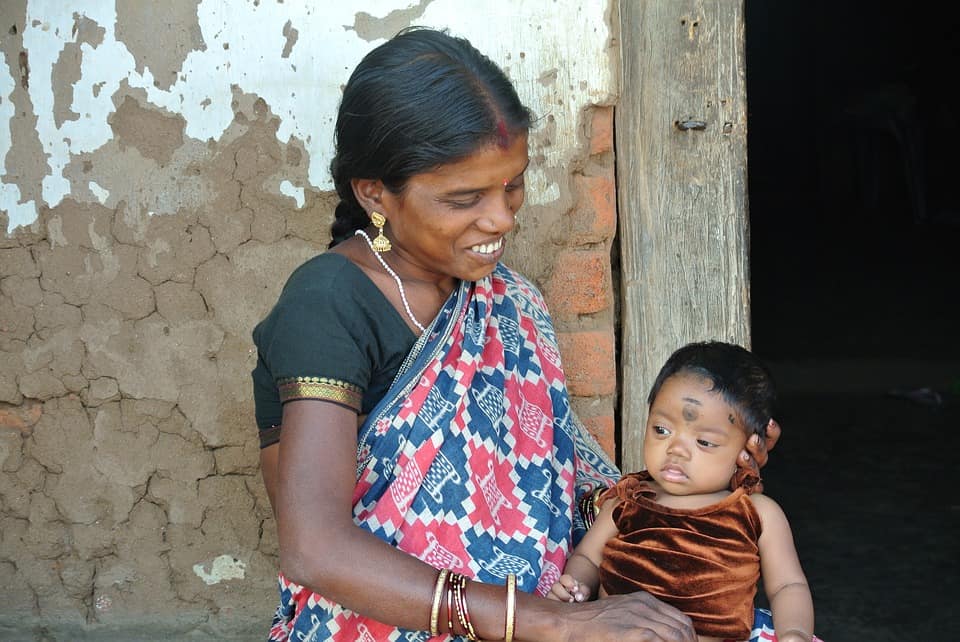September 17, 2017

A weekly roundup of news on drug resistance and other topics in global health.
High levels of pediatric antibiotic prescriptions in hospitals in India. A study by CDDEP researcher Sumanth Gandra and colleagues as part of the Global Antimicrobial Resistance, Prescribing, and Efficacy in Neonates and Children (GARPEC) project reports high levels of antibiotic use in hospitalized children in India. The study team surveyed six hospitals and found that more than 60% of hospitalized children received at least one antibiotic during their stay. Third-generation cephalosporins were the most commonly prescribed antibiotics. [Antibiotics]
Antibiotic policy helps in optimising antibiotic use in NICUs. CDDEP researcher Sumanth Gandra and colleagues report that antibiotic protocols can have a significant impact on antibiotic use in neonatal care units in India. In a two-year retrospective study in a single neonatal intensive care unit (NICU) at a hospital in India, antibiotic policy implementation resulted in increased use of first-line antibiotics and a significant drop in the use of third-generation cephalosporins in babies, without affecting mortality rates. [Indian Pediatrics]
Study: Interaction between different multidrug-resistant organisms may drive resistance. Researchers at the University of Michigan studied the interaction between antibiotic treatment, multidrug-resistant organisms (MDROs) colonization, and infection
in 234 nursing home residents. They observed that antibiotic use was a risk factor for primary MDRO colonization, which in turn increased the likelihood of colonization and infection by other MDROs. [Proceedings of the National Academy of Sciences]
Cheap and effective test for TB. Scientists have developed a simple, paper-based microchip device that can detect tuberculosis (TB) within an hour, and more accurately than the traditional sputum tests. The device uses a microchip that changes color if it detects TB bacteria and can be easily recorded using a smartphone. The new device could cost less than US$10 and would be disposable. [ACS Sensors]
Reducing antibiotic use for respiratory infections. A Cochrane review identifies three interventions that could be effective in reducing antibiotic use for treating respiratory infections. Of the available interventions, rapid diagnosis using C-reactive protein (CRP) and procalcitonin tests and guided management, and shared decision-making with patients may reduce antibiotic use. However, the impact of other interventions clinician education, patient awareness, and the use of rapid viral diagnostics could not be conclusively drawn due to lack of quality evidence. [Cochrane Overview]
High levels of antibiotic resistance found in Africa, but still underreported? A review of various studies in Africa published in BMC Infectious Diseases finds high levels of drug resistance to commonly prescribed antibiotics, including first-line drugs such as amoxicillin that is commonly used to treat urinary tract infections (UTIs). For more than a third of the African countries, data on antimicrobial resistance was not available. [BMC Infectious Diseases]
Study predicts factors that increase the risk of MERS mortality. A study in BMC Infectious Diseases reports that factors such as advanced age, severe illness, and hospital-acquired infections increase the risk of MERS mortality. The risk was found to be 1.7 times higher in the elderly, twice higher in those with previous illnesses and almost thrice in those with hospital acquired infections at 30 days. [BMC Infectious Diseases]
Antibiotic prescription practices not associated with resistant gonorrhoea. In an 8 year-long study in the US, researchers found no association between antibiotic prescribing practices and increased resistance rates to gonorrhoea. The researchers posit that the relationship between antibiotic use and antimicrobial resistance is probably complex, interacting through several possible mechanisms and varying by bacteria, mode of transmission, antimicrobial drug, prevalence of resistance, and geographic location. The findings were reported in Emerging Infectious Diseases. [Emerging Infectious Diseases]
The quadruple burden of sepsis. CDDEP Director Ramanan Laxminarayan and colleagues write on the global challenge of sepsis control in an editorial in the Canadian Medical Association Journal. They emphasize the significant burden of sepsis concentrated in low- and middle-income countries (LMICs) and advocate for vaccination and infection control strategies along with advocacy for patient awareness to prevent the infections. [CMAJ]
A new vaccine for shingles? The U.S. Food and Drug Administration’s advisory committee on vaccines has recommended the use of GlaxoSmithKline’s vaccine for shingles, after reviewing its safety and efficacy. The new vaccine, Shingrix, is reported to have a greater protection among older adults, as compared to the existing vaccine, Zostavax. [The Telegraph, Reuters]











